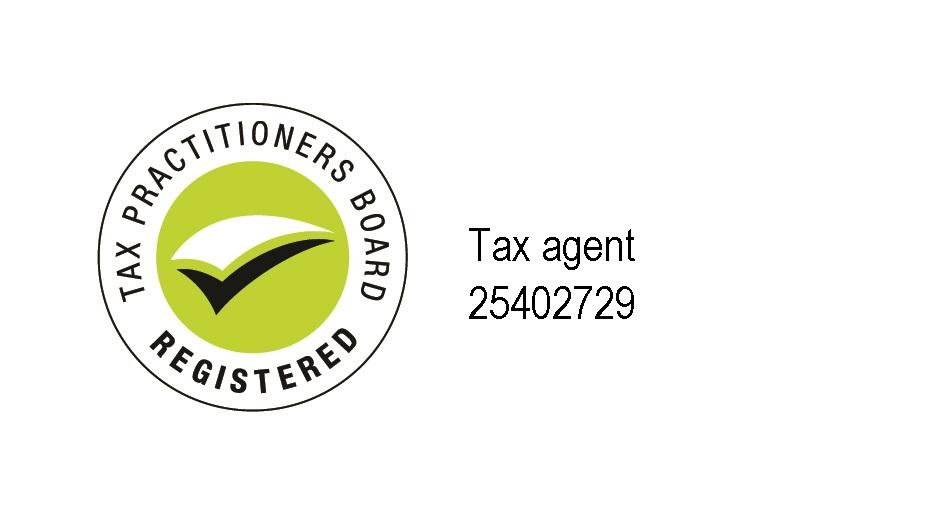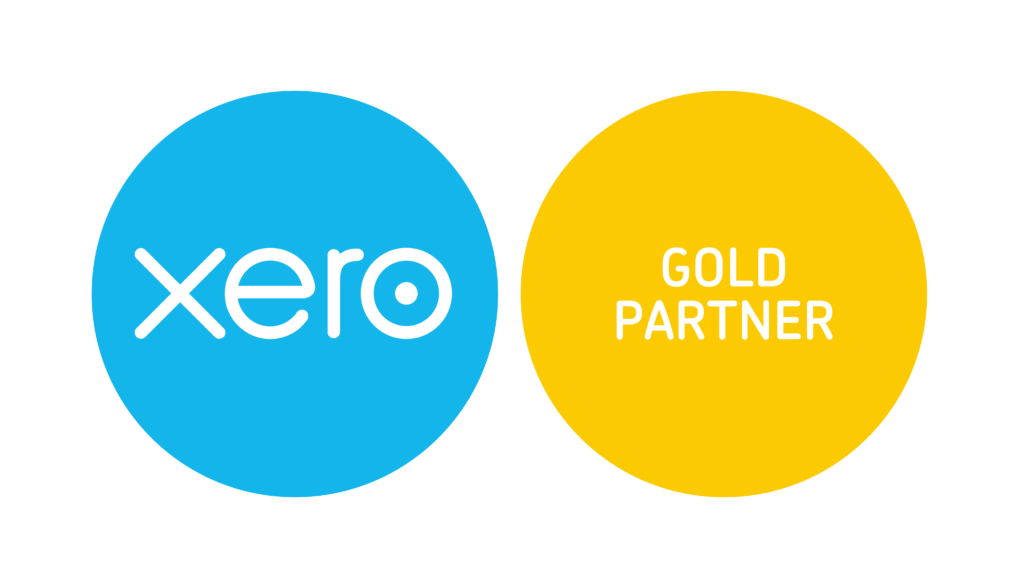Preparing for a Stocktake

Stock is anything that your business makes, buys or gets for trade. It is anything you might use to make into other products and goods and, dependent on your industry, stock may also be known as trading stock, inventory stock or inventory.
Stocktake is the process of working out the value of the stock you currently have on hand. This process is also used to help calculate your taxable income. For this reason, you may need to do a stocktake for tax purposes if your business buys or sells stock.
The process of stocktake involves counting and checking all the products, goods or inventory, you are holding on hand, to ensure your stock records are correct. The key is to understand how much stock you have and determine the value of each item of stock. This will allow you to understand the total value of your stock at the end of financial year – information which is important for your company tax return.
In some instances, your business may be required to perform a stocktake for tax purposes, if:
- your business turnover is $10 million or more
- your business turnover is less than $10 million, but the difference between your stock level at the beginning and end of year, is more $5,000.
If you operate a small business and, at the end of the year, and you estimate that your trading stock’s value has not changed by more than $5,000, you can choose not to conduct a formal stocktake and not to account for the changes in your trading stock’s value.
Your estimate will be reasonable if either:
- you have maintained a constant level of stock year-on-year and you have a reasonable idea of the value of the stock
- your stock levels fluctuate, but you can make an estimate based on your records of the stock you have purchased.
An increase in your trading stock’s value over the year is assessable income, while a decrease is an allowable deduction.
However, if the difference in your trading stock’s value has varied by more than $5,000 in a year, you need to use the general trading stock rules.
Preparing for Stocktake
If you’ve not previously undertaken the activity, preparing for stocktake can be daunting but it’s essential to a successful outcome. For this reason, Semmens & Co have put together this handy guide, to help you plan an effective and efficient stocktake.
If you’re business is undertaking stocktake regularly, then the below may provide you with new ideas for improving the way you do things – and get you a better tax outcome.
Planning and Project Management
Like any business project, it is important to have a plan before starting your stocktake. Confirm what you will count, when you will count it, where it is located, how may staff you will need to get through stocktake in a reasonable timeframe and who will be responsible for collating the data to close out the process.
Secondly, ensure you have an appropriate stocktake process mapped out, that you have a team ready to perform the work and, that the stocktake team have all the resources they need. It is important that the staff have clear directions on where they need to be, when, and what they need to do from beginning to end. Provide them with a stock recording sheet, pen, calculator and clipboard. If the staff have not performed a stocktake before, it may be worth scheduling a pre-stocktake meeting to walk them through the process. If you plan to record the outcomes electronically, ensure the staff know which database they are working with and how to input the data.
Stocktake can have an impact on the day-to-day operations of your business hence, choosing the right time (morning, afternoon, evening, day, week) and the right employees – to minimize the impact to daily sales and your customers.
For example, your employees may need to be re-deployed from sales, front of house or the warehouse to perform the stocktake. When staff are re-deployed, they are no longer focussed on revenue generating activity. This will have an impact on your normal business operations. For this reason, you may want to consider using/hiring casual staff – simply to ensure that your day-to-day work is not adversely impacted by the additional activity.
Further, ensure that your warehouse staff and customer service staff are aware of your plans and the dates at which stocktake will occur. It is important that during the process outgoing and incoming stock is accounted for correctly.
Manage the Process
Stocktake can be tricky, especially when your business is highly operational in nature.
In order to ensure that it doesn’t turn into chaos, make an effort to document the process from end to end. Do the stocktake staff understand what they are doing and how they are to do it? Do the data-entry staff know when to question the results and how to validate issues or anomalies? Make an effort to walk through the process end to end with the team involved – which should make the process clear for everyone.
You might also consider assigning the project to a Supervisor, Team Lead or an external independent party to manage. This will ensure that the staff have a go-to person for questions, issues and anomalies.
Further, it is best not to undertake stocktake too often – albeit there are two schools of the thought here. If your only impetus is assessing your taxable income, limit the activity to end of financial year. Although, if you feel that there may be thefts occurring in your business, or you want a more regular assessment of damage and stock movement, undertaking more regular stocktakes can be beneficial.

Consider the Maturity of Your Stock Control Process
Understanding what you are working with will have a significant impact on how you plan to undertake your stocktake.
Many businesses manage stock using Microsoft Excel spreadsheets. Microsoft Excel is easy to use and it seems pretty simple in the beginning. But add a little complexity like valuations and valuation methods and it can become difficult and time-consuming very quickly. This also opens you up to human error, especially when you expand and, collect and manipulate more data points.
Excel can be a great tool for businesses just getting started, but as soon as you start to grow, particularly if you’re selling across multiple sales channels, a cloud-based inventory management software is the best way to go. It may even be better still to consider a system that is embedded into your retail or ecommerce platform.
If you have the luxury of time, before you start planning for your stock take, take a look at market options to upgrade to a digital system. Consider what you need, the price point you can afford and the must have features to compliment your business. Plan to transition stock into the system before you commence stocktake. If this process is completed before you start your stock take, your stocktake can then take on a dual purpose: a) validate that the data migration from Excel to digital was accurate and b) validate and value my stock position.
Omni-Channel Stock Control
A key consideration in your planning, especially for omni-channel retailers, is managing the complexity of order management, inventory and fulfilment for multiple sales channels. Is your stock located across multiple warehouses and is all the stock synced across your eBay, Amazon and physical stores? What happens if a customer orders something online and returns it in store; how will your system cope?
Stock taking issues may arise if you are single-point sensitive, meaning you have stock systems for each sales channels. Further, if you’re using a spreadsheet stocktake can get quite messy!
Before setting a date for stocktake, this is a good time to consider bringing in a stock management system. There are solutions that will help you keep track of the stock across multiple sales channels, platforms or warehouse locations.
Stocktake Sale
Depending on the size of the stock on hand, stocktake can be a very big and costly activity. If this is the case for you, undertaking a stocktake sale is a great technique you can use to lower your stock levels before end of financial year. This will ensure you can reduce your stock levels before they need to be counted and valued.
Stocktake sales have other benefits too. A sale can generate a spike in revenue, improved customer satisfaction and selling off stock that may be close to end-of-life before it goes out of season or out of date.
We appreciate that preparing for stocktake and performing it, can absorb precious time. However, accounting for stock correctly can be a bonus for your business – so it is well worth the effort if your business carries stock.
If you would like more information on how to implement any of these strategies, feel free to contact Semmens & Co on 03 8320 0320 for a free consultation.
If you’re looking for more information on how to maximize tax benefits for your business, download our e-book Top 9 Tax Tips That Could Save You Thousands or, learn more about these strategies by registering to attend our webinar.







